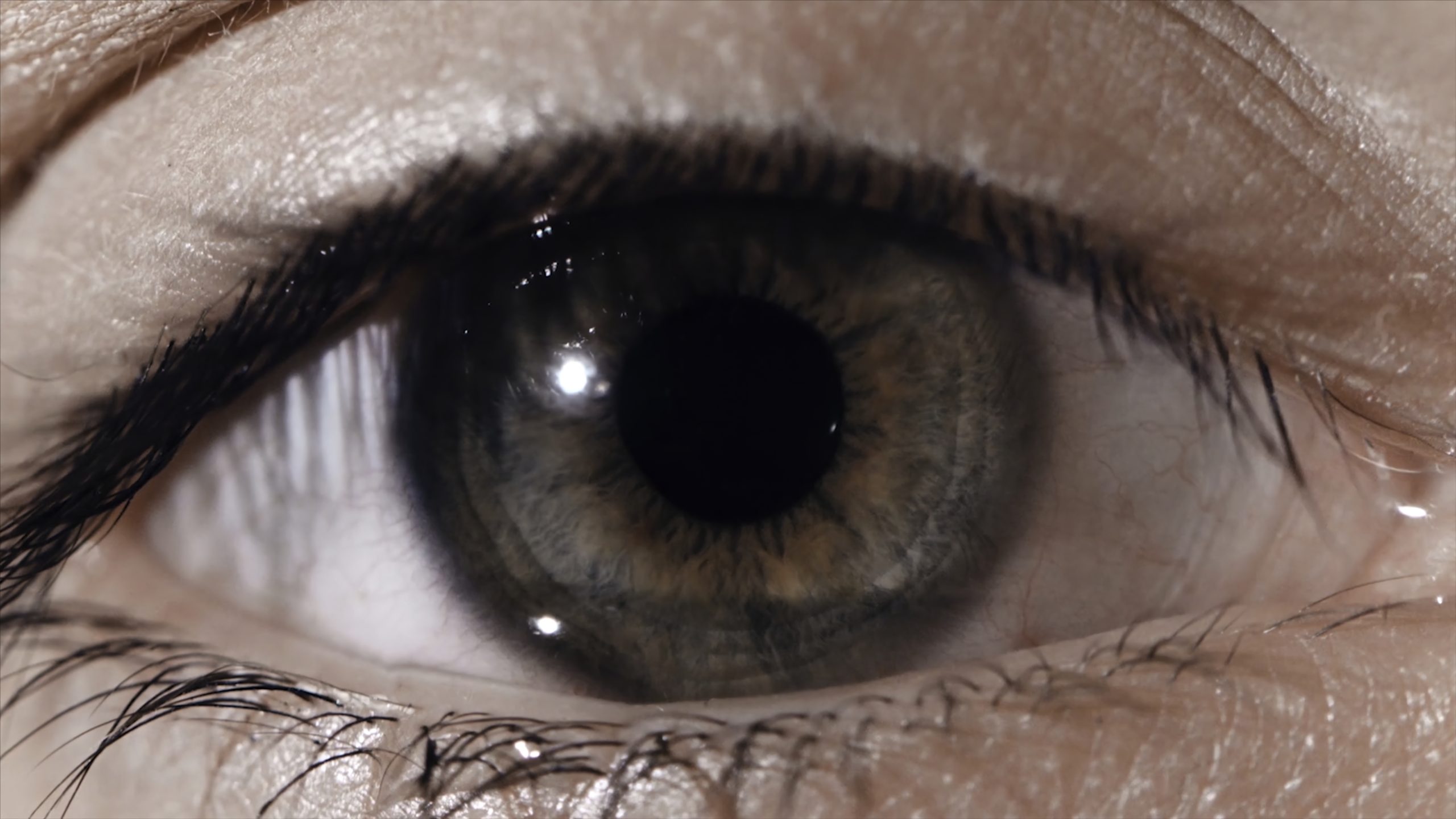Persistent Pupillary Membrane: Impact on Vision and Daily Life
Persistent Pupillary Membrane (PPM) is a congenital condition involving remnants of fetal eye structures. This article aims to provide clarity on the causes, symptoms, and eye care insights for Persistent Pupillary Membrane. Learn when to seek medical attention, potential complications, risk factors, preventive measures, diagnosis methods, treatment options, and insights for optimal eye health in individuals dealing with this condition.
Overview of Persistent Pupillary Membrane
Persistent pupillary membrane refers to remnants of a structure in the eye called the pupillary membrane that persists beyond its normal timeframe. This membrane is present during fetal development and typically disappears before or shortly after birth. When remnants persist, they are known as persistent pupillary membranes.
Symptoms
- Visual Disturbances: Some individuals with PPM may experience visual disturbances, such as blurriness or distorted vision.
- Photophobia: Sensitivity to light, known as photophobia, can be a symptom as the persistent membrane may affect the way light enters the eye.
- Reduced Visual Acuity: In some cases, PPM may contribute to reduced visual acuity, impacting the clarity of vision.
Causes
- Congenital Origin: PPM is a congenital condition, meaning it is present from birth. It arises during the fetal development of the eye.
- Incomplete Regression: During normal eye development, a membrane covers the pupil, but it typically regresses before birth. In cases of PPM, this regression is incomplete, leading to the persistence of remnants.
What Happens Because of the Condition
- Visual Obstruction: The persistent pupillary membrane can partially obstruct the pupil, affecting the passage of light into the eye and causing visual disturbances.
- Corneal Abnormalities: In severe cases, PPM may contribute to corneal abnormalities, potentially impacting the overall health and function of the eye.
Risk Factors
- Genetic Factors: Individuals with a family history of ocular anomalies or congenital eye conditions may have a higher risk of developing PPM.
- Intrauterine Factors: Factors affecting fetal development, such as maternal health or exposure to certain substances, may contribute to the development of PPM.
- Premature Birth: Premature infants may be at a higher risk of PPM, as the normal processes of ocular development may be interrupted.
- Certain Syndromes: PPM can be associated with certain genetic syndromes or ocular conditions, increasing the risk in individuals with these conditions.
Diagnosis
- Comprehensive Eye Examination: A thorough eye examination by an ophthalmologist is crucial for diagnosing persistent pupillary membrane. This includes assessing visual acuity, pupillary responses, and overall eye health.
- Pupil Dilation: Dilating the pupil with eye drops allows the ophthalmologist to examine the presence and characteristics of the persistent pupillary membrane.
- Slit-Lamp Examination: The use of a slit lamp helps in detailed visualization of the structures of the eye, including the pupillary membrane.
- Ocular Imaging: In some cases, imaging studies such as ultrasound or optical coherence tomography (OCT) may be used to obtain detailed images of the eye’s internal structures.
Treatment Options
- Observation: In mild cases where the persistent pupillary membrane has minimal impact on vision, observation may be recommended. Regular eye check-ups are essential to monitor any changes.
- Surgical Intervention: In cases where the membrane significantly affects vision, surgical removal may be considered. This procedure, often performed during childhood, aims to improve visual outcomes by addressing the obstruction.
- Laser Therapy: Laser therapy may be used as an alternative to surgery for specific cases, targeting and removing portions of the pupillary membrane.
Complications
- Visual Impairment: If left untreated, a persistent pupillary membrane can contribute to visual impairment and impact the development of normal visual acuity.
- Amblyopia: In cases where the pupillary membrane obstructs vision during critical developmental periods, amblyopia (lazy eye) may occur. Early intervention is crucial to prevent amblyopia.
- Corneal Abnormalities: Severe cases of persistent pupillary membrane may lead to corneal abnormalities, potentially affecting the clarity of vision.
Prevention
- Prenatal Care: Adequate prenatal care is essential to ensure optimal fetal development, reducing the risk of congenital eye anomalies, including persistent pupillary membrane.
- Genetic Counseling: Individuals with a family history of ocular anomalies or congenital eye conditions may benefit from genetic counseling, which can provide insights into potential risks.
Medications
- No Specific Medications: There are no specific medications designed to treat persistent pupillary membrane directly. Management primarily involves observation, surgical intervention, or laser therapy.
- Symptomatic Relief: If the pupillary membrane causes discomfort or dryness, lubricating eye drops may be recommended for symptomatic relief.
When to See a Doctor
- Early Childhood: If parents or caregivers notice any signs of visual abnormalities in infants or young children, such as poor eye tracking, sensitivity to light, or abnormal pupil reactions, prompt evaluation by a pediatric ophthalmologist is essential.
- School Age: Children entering school who exhibit difficulties in reading, writing, or other visual tasks may benefit from a comprehensive eye examination to rule out conditions like persistent pupillary membrane that could impact vision.
- Symptoms of Discomfort: If individuals of any age experience symptoms like eye discomfort, irritation, or persistent visual disturbances, seeking the expertise of an ophthalmologist is recommended.
- Routine Eye Examinations: Regular eye examinations, especially during childhood, are crucial for early detection of ocular anomalies. Parents should schedule routine eye check-ups for their children, and adults should undergo regular eye examinations.
Demographics More Susceptible
- Pediatric Population: Persistent pupillary membrane is often diagnosed in childhood. Parents, caregivers, and educators should be vigilant for signs of visual abnormalities in children.
- Individuals with Family History: Those with a family history of congenital eye conditions or persistent pupillary membrane may have a higher susceptibility. Genetic counseling may be beneficial in such cases.
- Premature Infants: Premature infants may be more susceptible to ocular anomalies, including persistent pupillary membrane. Close monitoring and early intervention are crucial for this demographic.
Follow-up Care for Adults and Children
Follow-up Care for Children:
- Pediatric Ophthalmologist Visits: Children diagnosed with persistent pupillary membrane require regular visits to a pediatric ophthalmologist for ongoing evaluation and management.
- Monitoring Visual Development: Regular assessments of visual development and acuity are essential to ensure that any impact on vision is identified and addressed promptly.
- Early Intervention for Amblyopia: If there are signs of amblyopia (lazy eye), early intervention strategies should be implemented, including patching or other treatments to encourage the development of proper visual acuity.
Follow-up Care for Adults:
- Ophthalmologist Visits: Adults with persistent pupillary membrane should continue to see an ophthalmologist for periodic evaluations to monitor any changes in visual health.
- Lifestyle Adjustments: Depending on the severity of the condition and its impact on vision, adults may need to make lifestyle adjustments to accommodate any visual challenges.
- Additional Treatments: In cases where surgical intervention or laser therapy has been performed, follow-up care involves monitoring the outcomes of the procedure and addressing any post-operative considerations.
Conclusion
In conclusion, seeking the expertise of a doctor is crucial when there are signs of persistent pupillary membrane, especially in children exhibiting visual abnormalities. Early intervention is key to addressing potential complications and ensuring optimal visual development. High-risk demographics, such as the pediatric population, individuals with a family history, and premature infants, should be closely monitored. Follow-up care involves regular visits to ophthalmologists for ongoing evaluations, particularly in pediatric cases where visual development is dynamic. A comprehensive and proactive approach to eye care ensures that individuals with persistent pupillary membrane receive the necessary support for optimal visual outcomes throughout childhood and adulthood.
World Eye Care Foundation’s eyecare.live brings you the latest information from various industry sources and experts in eye health and vision care. Please consult with your eye care provider for more general information and specific eye conditions. We do not provide any medical advice, suggestions or recommendations in any health conditions.
Commonly Asked Questions
In some cases, PPM may improve over time without requiring specific treatment. Regular eye check-ups are essential to monitor any changes.
Not everyone with PPM experiences visual disturbances; the severity varies among individuals.
While PPM itself may not directly cause headaches, visual disturbances associated with PPM could contribute to discomfort.
PPM is typically diagnosed in infancy or childhood, but it can be observed at any age.
PPM is relatively uncommon, but it can be observed in a small percentage of the population.
Consultation with an eye specialist is recommended to determine the suitability of contact lenses based on individual circumstances.
There can be a genetic component to PPM, and it may run in families.
PPM itself is unlikely to cause blindness, but it may contribute to visual disturbances and other complications.
Not necessarily. In many cases, PPM may not cause significant issues and may not require surgical treatment.
PPM is typically a congenital condition, but it can be observed in adults, especially if it was not previously diagnosed.
news via inbox
Subscribe here to get latest updates !







